“It’s not whether animals will survive, it’s whether the man has the will to save them”.
-Anthony Douglas Williams-
What’s wildlife conservation?

Wildlife conservation is the practice of protecting plant and animal species and their habitats. As a part of the world’s ecosystems, wildlife provides balance and stability to nature’s processes. The goal of wildlife conservation is to ensure the survival of these species and to educate people on how to live sustainably with other species. By conserving wildlife, we are ensuring that the future generation can enjoy our natural world and the incredible species that live within it. To protect wildlife, it’s important to understand how species interact with each other and how they are affected by environmental and human influences.
The human population has grown exponentially over the past 200 years, to more than seven billion, and today it continues to rapidly grow. This growth and development also endanger the habitats and existence of various types of wildlife around the world. National and international organizations like the World Wildlife Fund, Conservation International, the Wildlife Conservation Society, and the United Nations work to support global animal and habitat conservation efforts on many different fronts. In different locations around the world, organizations and governments conduct a variety of projects to ensure the productivity of wildlife species. Generally, wildlife conservation applies to species that are in danger of becoming extinct due to unnatural causes, and these causes can be pollution, climate change, excessive hunting, and a high number of animals in captivity.

Why is wildlife conservation important?
Wildlife Is a pillar of Natural Evolution!
For millions of years, plants and animals have managed to adapt to the conditions they have developed. Most species develop their traits and features to survive in a changing environment, both physiologically and in terms of interactions with the environment. Genetic adaptation is a fundamental aspect of the origin of life and a pillar of evaluation. If there is no genetic diversity, there won’t be evolution among species, which leads to a decrease in the planet’s diversity.
It helps to balance the ecosystem.
Every living organism is connected to a different living organism. When one organism becomes threatened or extinct, it has a huge impact on the entire ecosystem. It destabilizes the food chains as well as the energy flow mechanisms in the environment. It’s additionally essential to recognize that species threats are not often remote events, and they are connected with different natural factors that may affect the natural maintenance of the ecosystem.
Wildlife is the baseline of the Food Chain.
Wildlife holds immense value to the area they inhabit. Wildlife is the key to maintaining the ecological balance in a given area. Their sudden disappearance disturbs the delicate balance of the food chain, which leads to irrevocable damage to the ecosystem. As wildlife is essential to the survival of interconnected species, eliminating even one species could distract the whole food chain and lead to a wide-scale extinction.
Improving the Health and Fertility of the soil
As wildlife is a combination of a large number of species and their habitats, it can’t be limited to a specific area or a factor. Wild animals contribute extensively to soil fitness and fertility with the aid of growing soil vitamins. Excretion material from animals may improve the soil’s minerals, enhancing its nutrient content and also the flow of vitamins. As an example, hippo grazing grasslands at night returns vitamins to the river from their dung and increases fish productivity.
Improvement of Human Health
Conservation work doesn’t just protect animals and the earth. It also has an impact on human health. In terms of disease, medicine, and general well-being, the health of humans and animals is closely intertwined. Diseases that are naturally transmitted between animals and humans, known as zoonoses, have been rife throughout history. As an example, we can consider the COVID-19 pandemic, which created a devasting impact on public health and the economy.
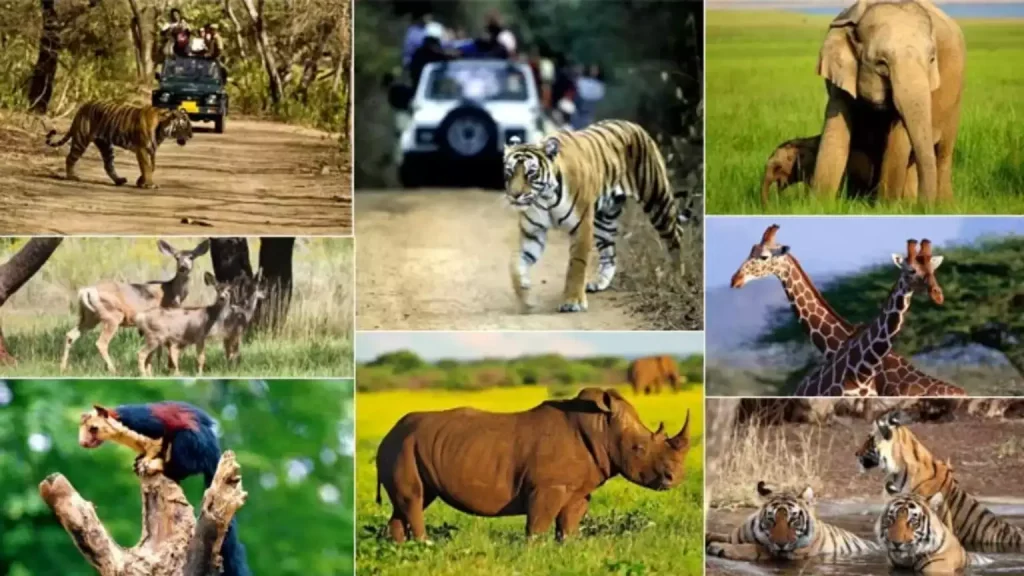
Threats to wildlife conservation
Climate Change
It is becoming the biggest threat to the survival of wildlife. Changes to the climate are being documented all across the planet today, and this warming signal is found in ocean temperatures, soil temperatures, melting glaciers, and melting polar ice caps. Due to the temperature increase, sea levels are rising, sea ice melts, precipitation patterns change, and the oceans get acidified. These high temperatures lead to prolonged drought conditions and the loss of wetlands and their species diversity.
Habitat Loss
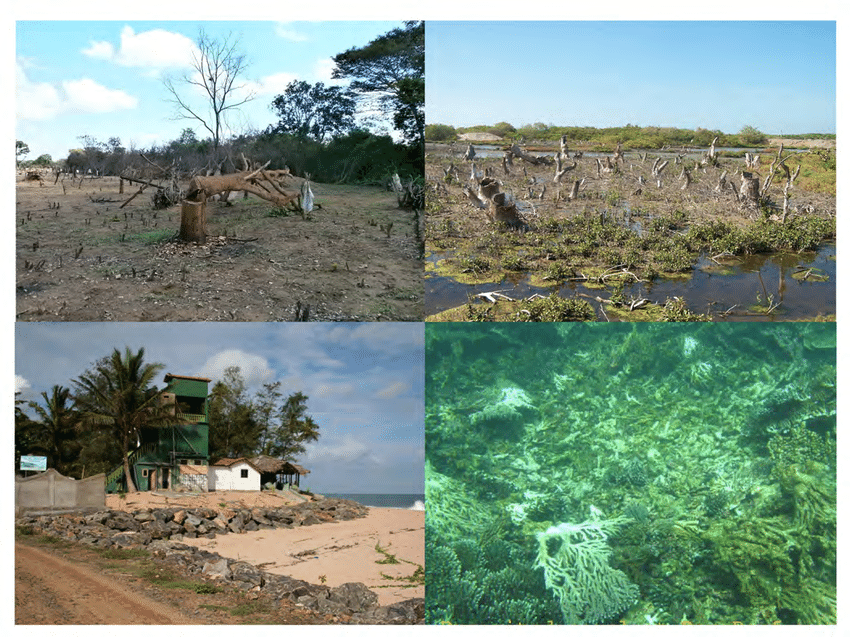
Habitat loss due to destruction, fragmentation, or degradation of habitat is one of the primary threats to the survival of wildlife. When an ecosystem dramatically changes due to agriculture, oil and gas exploration, commercial development, or water diversion, it may no longer be able to provide the food, water, cover, and places to raise young that wildlife needs to survive.
Diseases
Diseases are usual segments of the natural world. Most ecosystems include viruses, bacteria, fungi, and parasites that cause diseases. An ecosystem with variation is more resilient to the impacts of diseases because there are greater possibilities that some species have evolved resistance, or if one kind of species is removed from the ecosystem, there will likely be another species to fill the niche of an extinct species.
Pollution

Most of the by-products of humans, such as sewage, exhaust, trash, agricultural and lawn chemicals, and industrial and power plant emissions, make their way through the air and water into the natural environment and become pollutants. It’s not possible to dilute or absorb all the waste, chemicals, and nutrients that humans produce continuously. Most of these chemicals and nutrients continue to cause damage to wildlife and ecosystems.
Invasive Species These species can cause harm to wildlife in many ways. When a new and aggressive species is introduced into an ecosystem, it may not have natural predators or controls. It can breed and spread widely, and native wildlife may not have evolved a defense against the invader, or they may not be able to compete with a species that has no predators. Also, invasive species may provide little to no food value for wildlife. Invasive species can also alter the abundance or diversity of species that are important habitats for native wildlife.

The Importance of Conserving Wildlife
There are many ways that we can protect wildlife. Habitat conservation, sustainable land use practices, research and monitoring, public education and awareness, creating wildlife areas, recycling, and planting trees can be considered some of the techniques for protecting the environment. Wildlife resource conservation carries profound implications for the planet and future generations. The consequences of wildlife resource conservation extend beyond biodiversity preservation. Conserving wildlife resources helps to maintain the overall health and resilience of ecosystems, preventing habitat destruction, curbing pollution, and combating the illegal wildlife trade. These efforts mitigate the loss of valuable species and their habitats. Also, wildlife resource conservation promotes the sustainable use of natural resources, supports the livelihoods of local communities, and fosters environmental stewardship.
All across the world, different kinds of programs are conducted and maintained to ensure the protection of wildlife species because if the wildlife ecosystems begin to change, it may affect the whole planet and the survival of humans. The impact of wildlife conservation mechanisms will influence future generations and lead to the improvement of the planet Earth.
Written By:
Naduni Ratnayake
2nd Year Undergraduate,
Biological Science Stream,
Faculty of Science,
University of Colombo.
References:
- Department of Wildlife Conservation – We protect future! (2022, November 30). https://www.dwc.gov.lk/
- Fahad, & Fahad. (2022, June 23). Why is wildlife conservation important? Earth Reminder. https://www.earthreminder.com/why-is-wildlife-conservation-important
- Home | SLWCS. (n.d.). SLWCS. https://www.slwcs.org/
- Importance of wildlife conservation — Pawprints Wildlife rescue. (n.d.). Pawprints Wildlife Rescue. https://www.pawprintswildlife.co.uk/importance-of-wildlife-conservation
- Ragnhild. (2020, March 11). Why is Wildlife Conservation Important? Globalteer. https://www.globalteer.org/importance-of-wildlife-conservation/
Image Courtesy:
- Title Image: https://rb.gy/phcmxr
- 1st Content Image: https://rb.gy/8xindq
- 2nd Content Image: https://rb.gy/xwu9c0
- 3rd Content Image: https://rb.gy/ynunr2
- 4th Content Image: https://rb.gy/rm40m5
- 5th Content Image: https://biturl.top/IBR3ae
- 6th Content Image: https://biturl.top/a26z6b
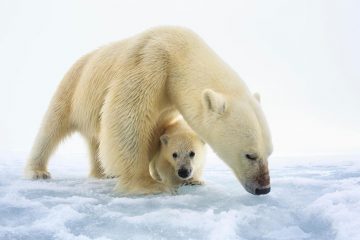
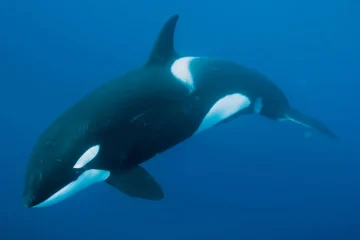
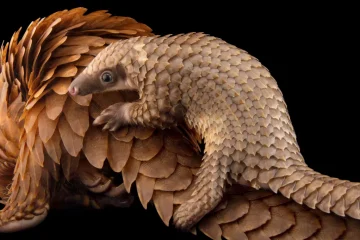
0 Comments